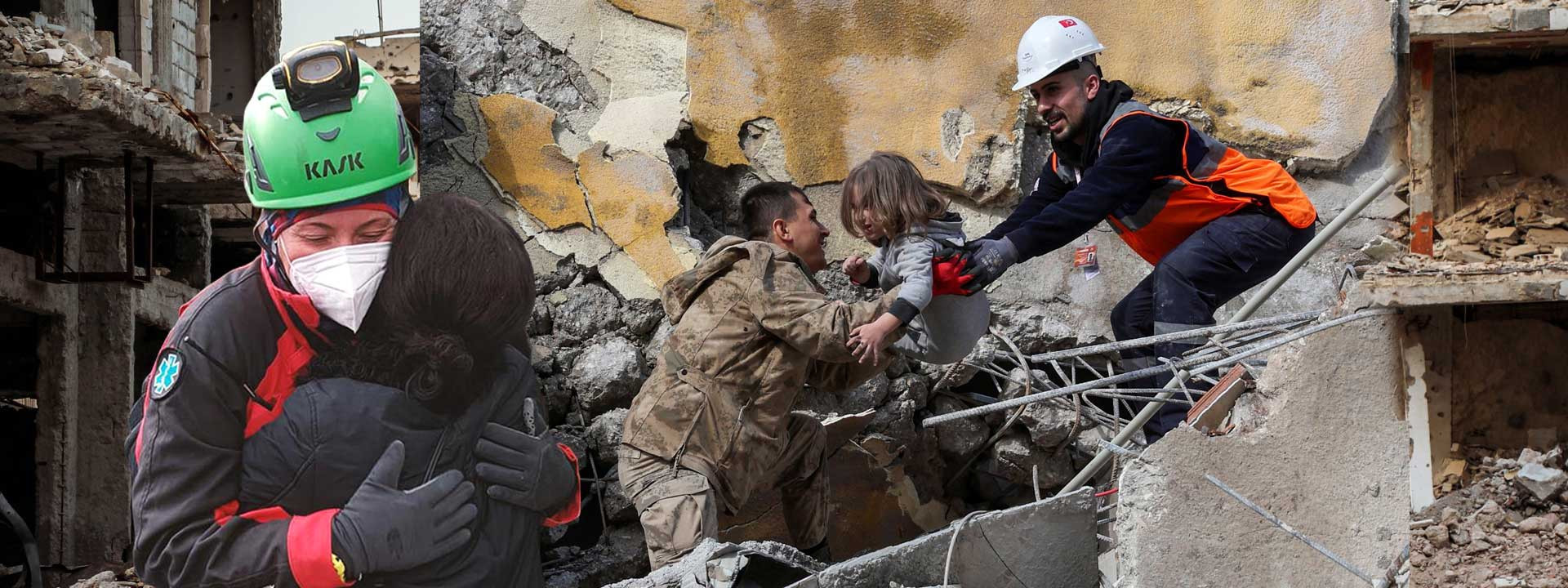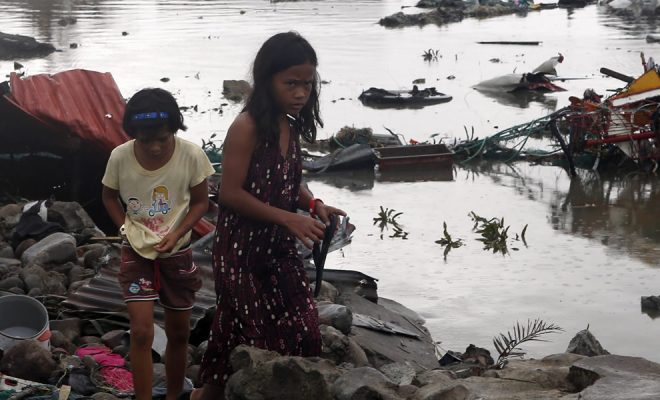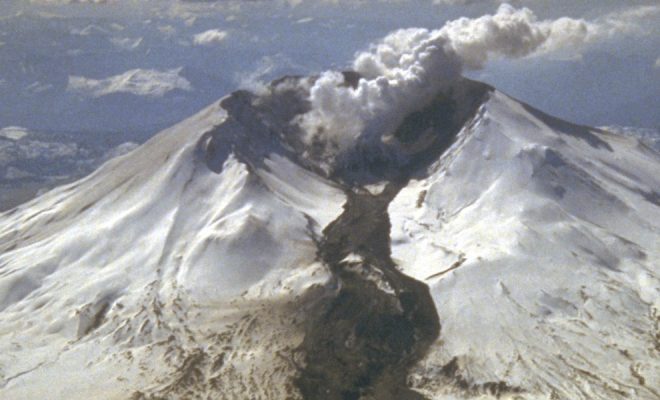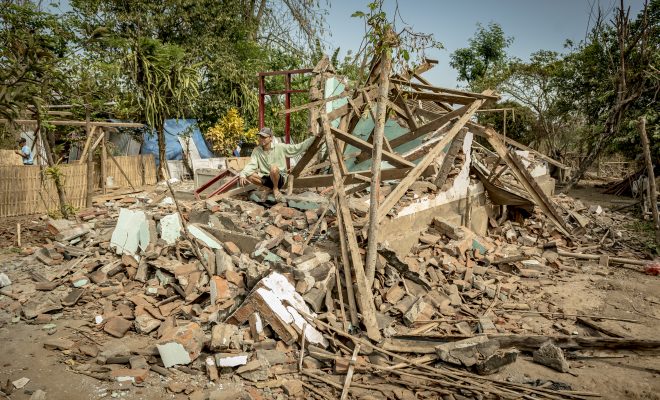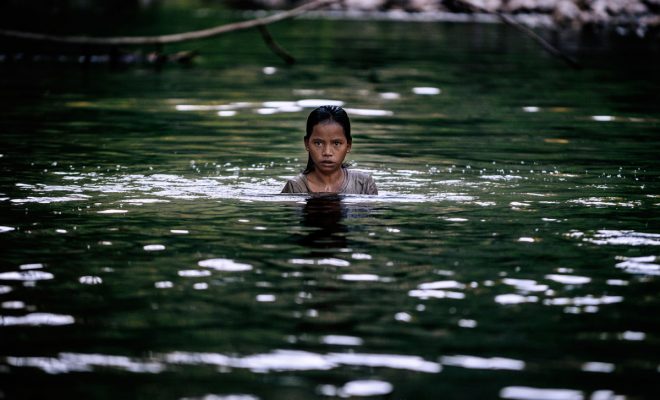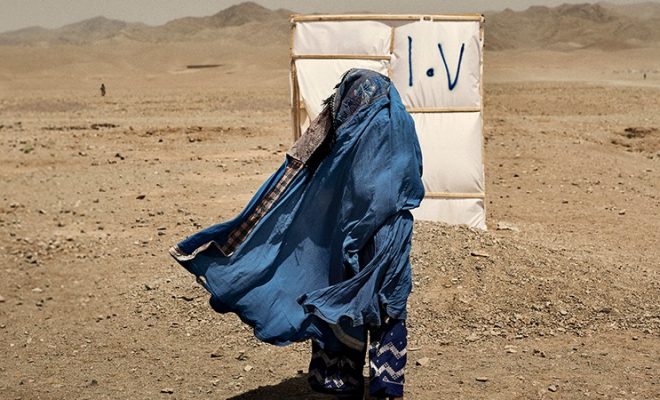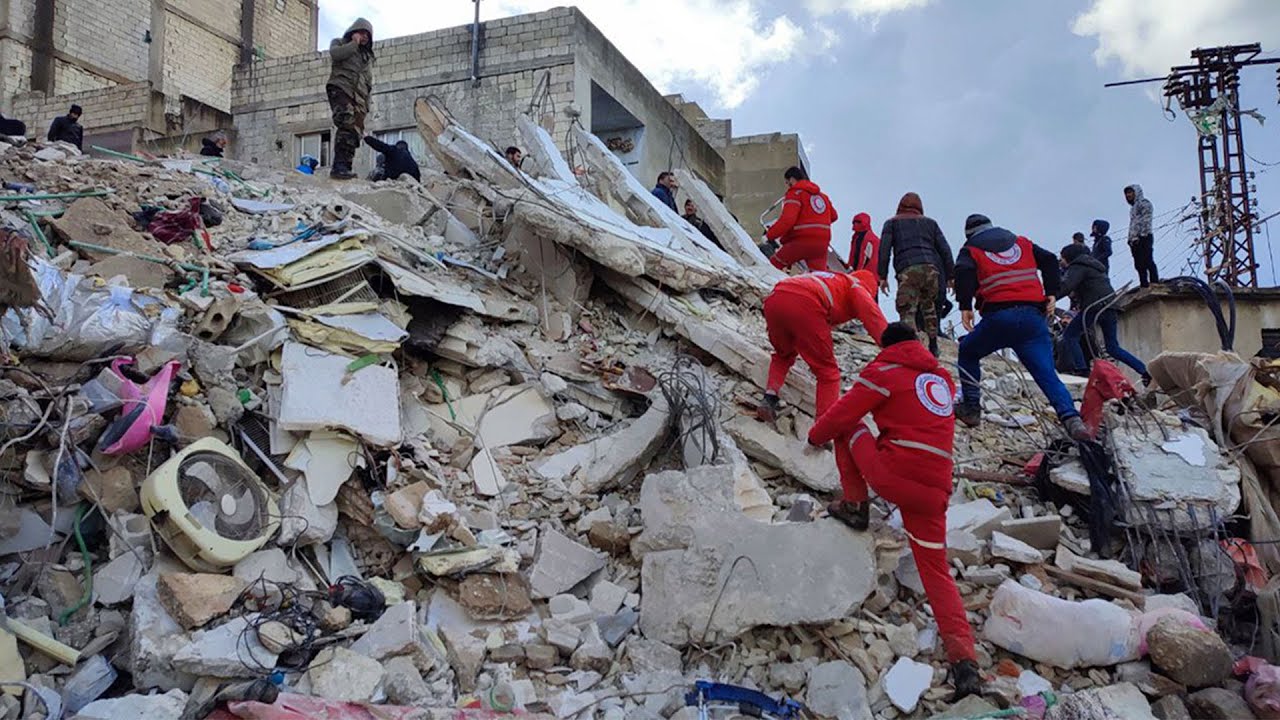
Another natural catastrophe has again generated a humanitarian tragedy that will stretch over time. The cruelest factor of the earthquake that struck southern Turkey and northern Syria on February 6 was the time: 4:17 a.m. when the vast majority of the population was asleep in their homes. The quake lasted about 30 seconds with a magnitude of 7.8 on the Richter scale, long enough to leave more than 36,000 dead and about 100,000 injured. A second quake, registering a magnitude of 7.5, struck nine hours later when rescue teams were deploying first aid.
According to Turkey’s Disaster and Emergency Management Authority (AFAD), more than 260,000 people were sheltered in camps within 48 hours of the tragedy. The vast majority are still there two weeks later. Few can return to their homes; many have lost family members and depend on uncertain reconstruction and on their government’s effectiveness in managing international aid properly. Under the rubble of thousands of buildings, tens of thousands of bodies could still be trapped, so the magnitude of the disaster will be historic.
Once again, we have seen images repeated in all disasters, whether natural or caused by violence: displaced people crammed into hasty camps where all essential elements are missing. And again, a humanitarian race to provide them with the basics: shelter, water, food, cold weather clothing, hygiene kits, medicines, sanitation, and cash to buy indispensable items.
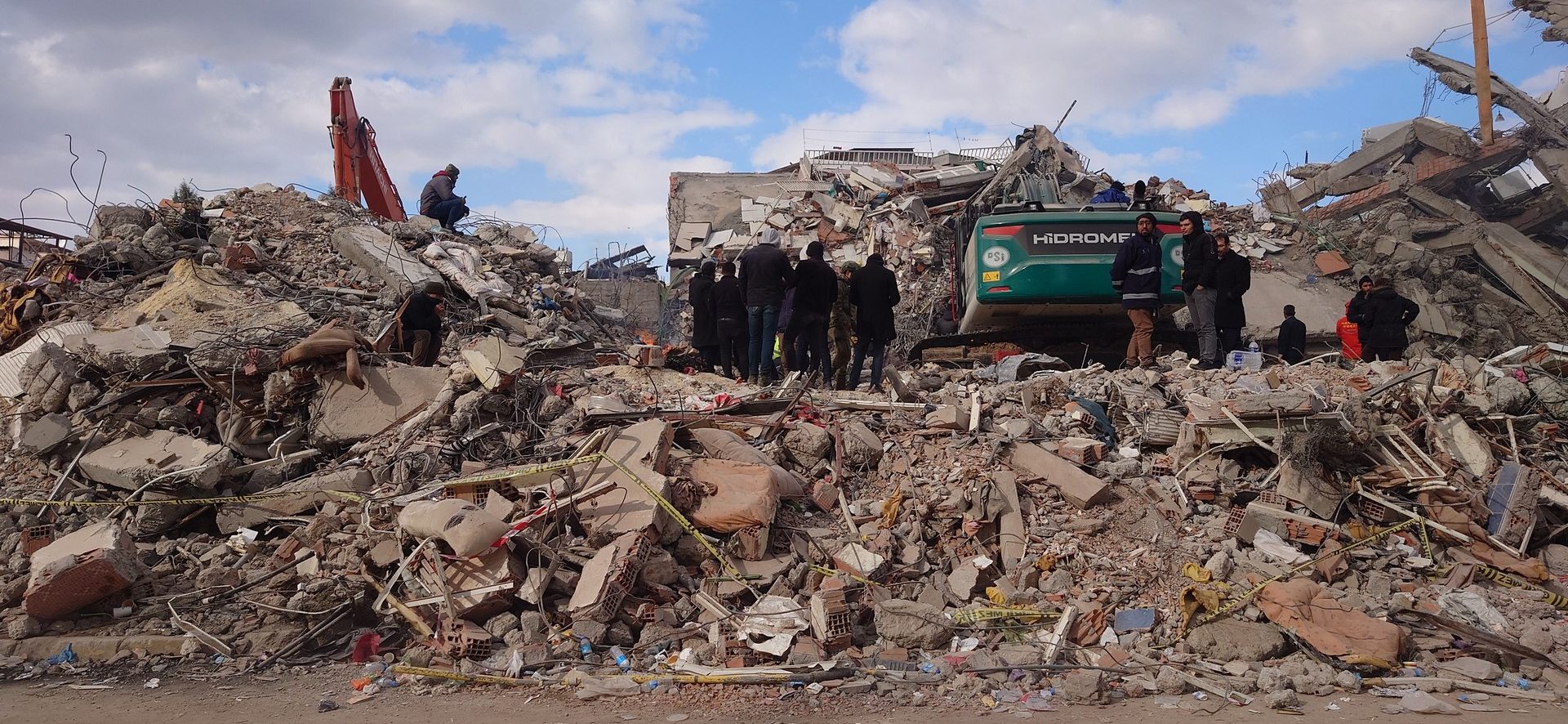
The earthquake in Turkey is a humanitarian tragedy that has again shown that disaster risks increase with neglect, corruption, and poverty. © TTB’den Salgın Hastalık Uyarısı
A new aid project
The Foundation has activated an urgent project with World Vision to provide hygiene kits to displaced people. Some 900 families from the Turkish town of Gaziantep (approximately 5,400 people) will be provided with hygiene items for babies, laundry, garbage collection, menstrual hygiene, personal hygiene, and dental care. These kits will also contain body soap and any other items that may be needed according to the recommendations of experts operating in the area.
Our experience in this type of disaster is extensive. So far, we have implemented nine natural disaster relief projects in six countries where we have benefited more than 71,000 people. In each case, the immediate needs vary depending on the type of disaster, but access to water, sanitation, and hygiene are always at the core of resilience.
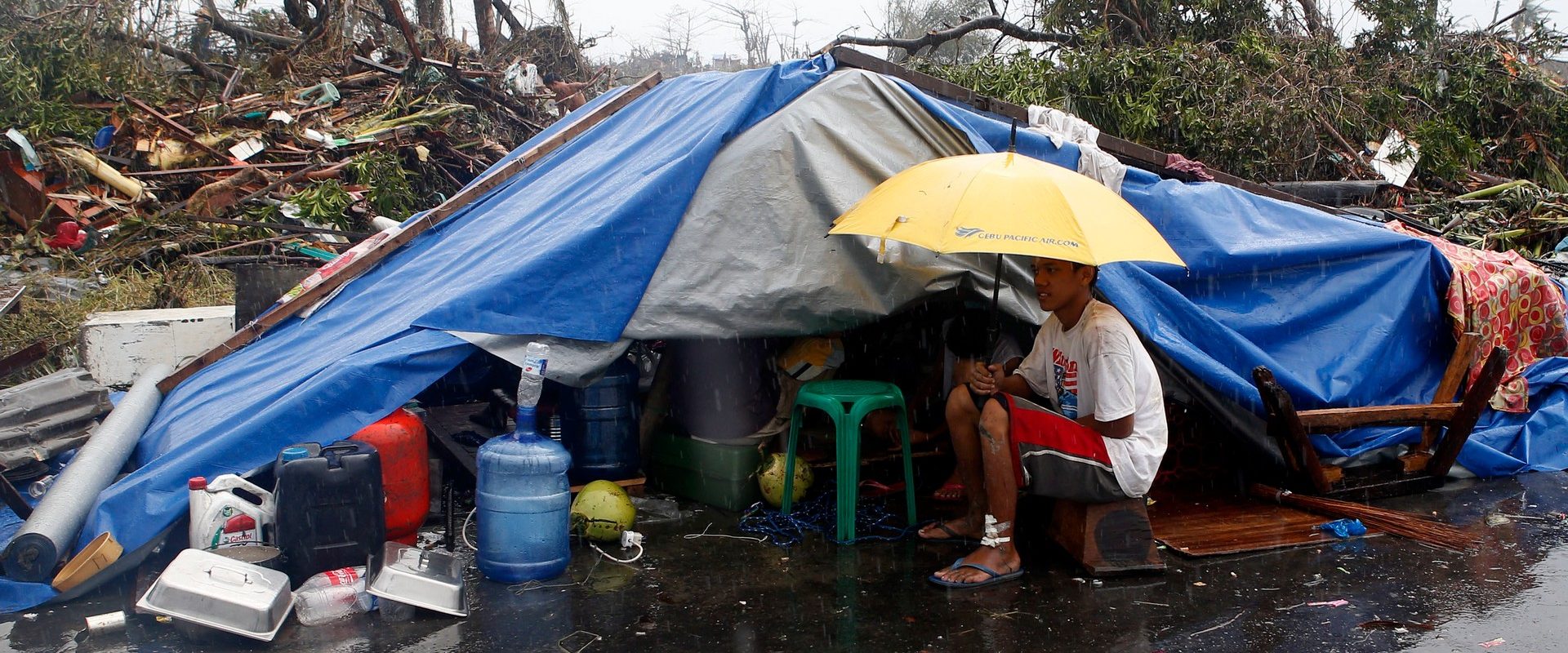
En el caso del tifón Haiyan, en 2015, la ayuda de emergencia de la Fundación We Are Water, a través de la Fundación World Vision International, consistió en la distribución de bidones y pastillas potabilizadoras para recoger agua y poderla beber. © Mans Unides / REUTERS/Erik De Castro
In the case of Typhoon Haiyan in 2015, emergency aid consisted of the distribution of jerry cans and water purification tablets to collect water for drinking; in the subsequent recovery aid, the rehabilitation of access and sanitation systems to enable the population to stop using contaminated water was essential. That same year, in the earthquake that struck Nepal, first we helped with the distribution of jerry cans to ensure that families were able to obtain four liters per person and day; later, it was necessary to send material to rebuild sanitation facilities. In 2019, we provided emergency relief to those affected by Cyclone Idai in Mozambique and Zimbabwe, providing hygiene kits and water filters.
Following the earthquakes in Indonesia in 2019, we carried out two projects to provide relief in Central Sulawesi and Lombok. In Central Sulawesi, particular emphasis was placed on restoring autonomous hygiene maintenance, a vital human need permanently aggravated after a natural disaster and essential to avoid epidemics often triggered afterward.
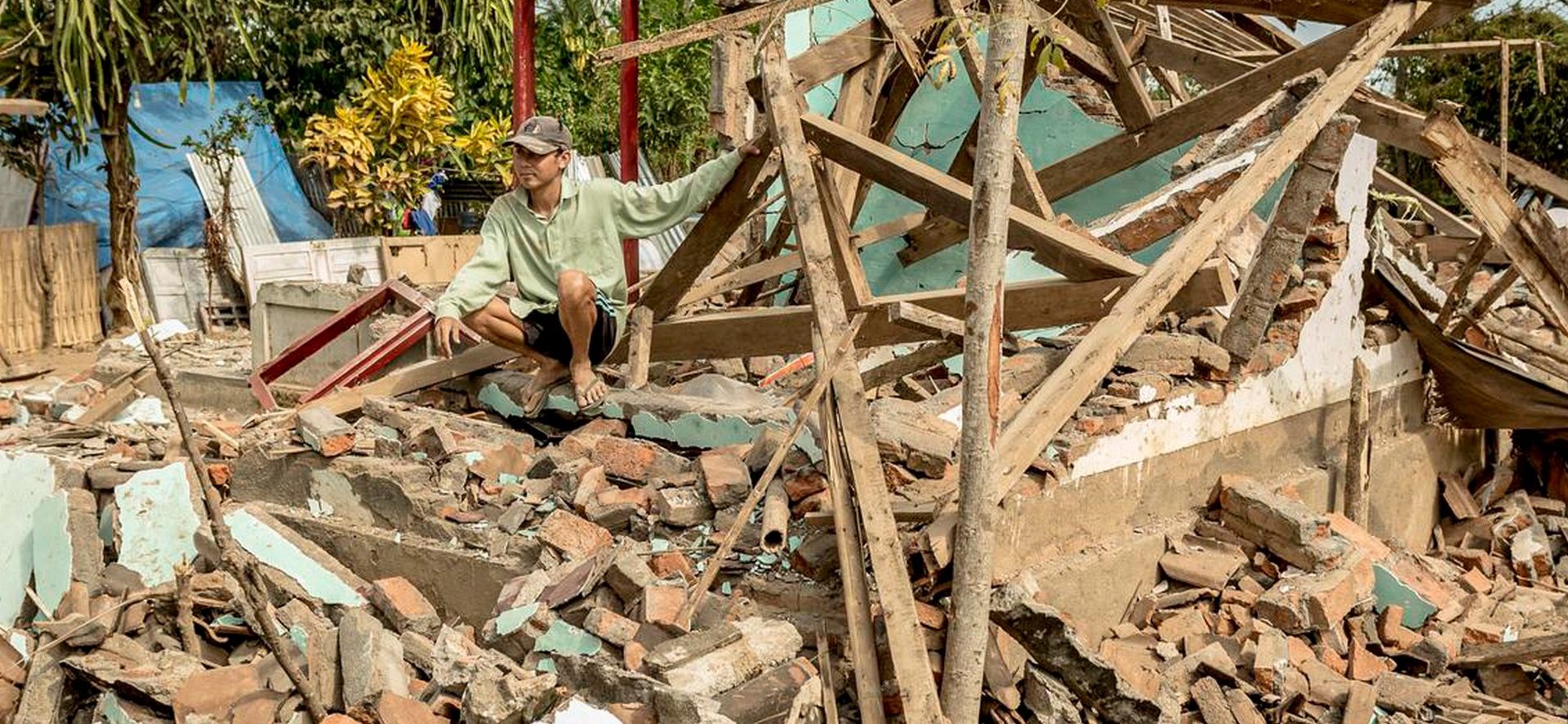
Each disaster reveals the scourge of neglect suffered by the poorest communities. Disasters are natural, but exposure and vulnerability are anthropogenic factors, i.e., caused by humans© Carlos Garriga / We Are Water Foundation
In Guatemala, we were involved in the reconstruction of the facilities affected by the eruption of the Fuego volcano in Siquinalá, one of the towns whose urban center is located in the channels of residual volcanic material, which makes it a highly vulnerable area to lahars. We have recently visited the project, supervising the results of the repair of the facilities, the proper functioning of the two rainwater harvesting systems built, and the training of the communities in hydrological and climate information.
More neglect, more vulnerability
Each disaster reveals the scourge of neglect suffered by the poorest communities. Disasters are natural, but exposure and vulnerability are anthropogenic factors, i.e., caused by humans. It has been known for millennia that the inhabitants of seismic regions, such as the isthmus of the Anatolian peninsula, are exposed to earth tremors. The earthquake of last February 6 was the deadliest since scientific records have been kept in the previous 25 years; however, Turkey has suffered dozens of earthquakes with a magnitude of more than 7 on the Richter scale. Despite this, the vulnerability of its population, which is the predisposition to damage to property and people, has not decreased but instead increased.
One of the main factors has been poor architecture. Although the earthquakes were intense, experts say that buildings built to basic anti-seismic standards should have been able to stand. Instead, many newly constructed buildings collapsed, even in places where the shaking intensity was not as high.
Turkish authorities have issued 131 arrest warrants against builders, developers, architects, and financiers for their negligence in complying with anti-seismic regulations. Many cases are suspected to be linked to urban corruption that has allowed the proliferation of unlicensed buildings.
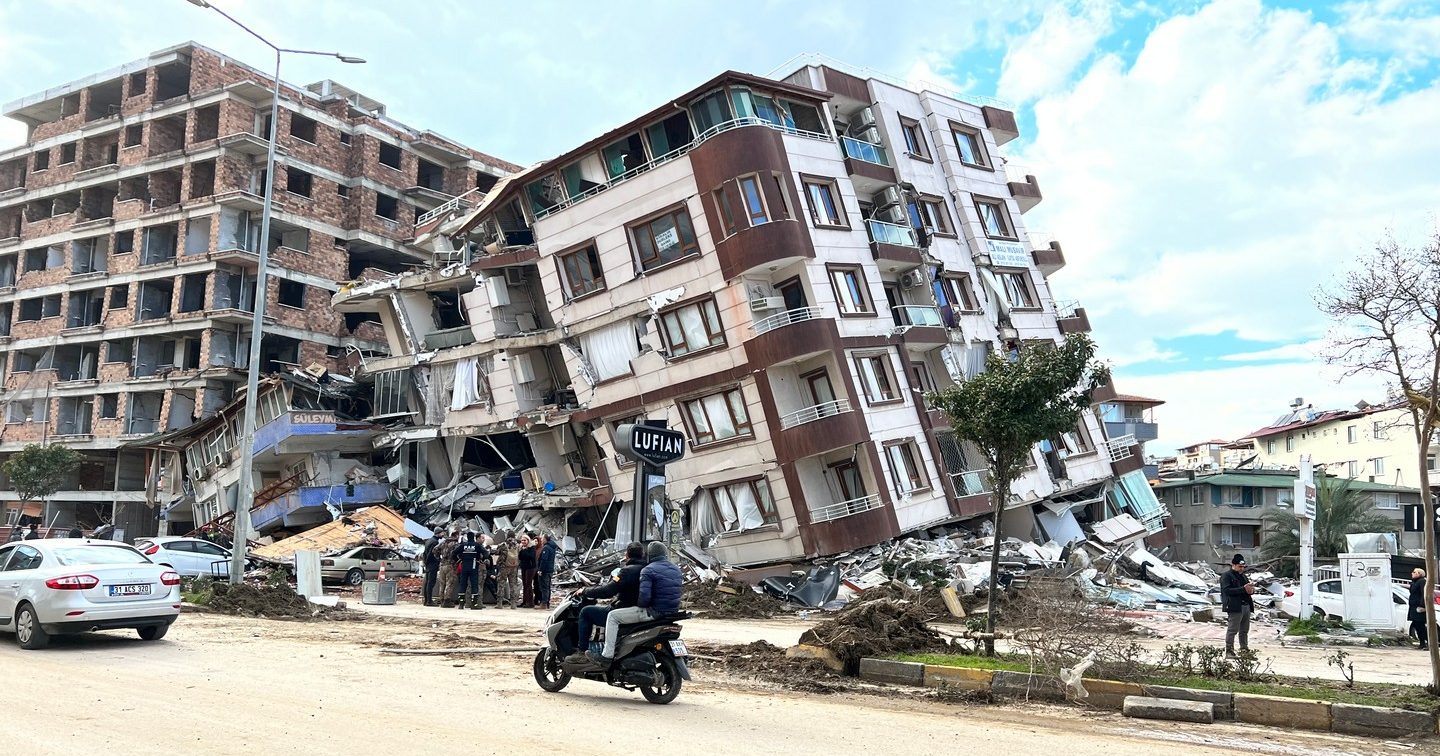
In Turkey, although the earthquakes were intense, experts say that buildings built to basic anti-seismic standards should have been able to stand. Instead, many newly constructed buildings collapsed, even in places where the shaking intensity was not as high. © Hilmi Hacaloğlu
Another aggravating factor is the absence of a seismic alarm system in the affected area. For example, Turkey and Syria lack a warning system like those in Mexico or Japan, where sensors permanently monitor Earth’s movements. When they detect one that could become an earthquake measuring six on the Richter scale, they immediately emit a signal received by cell phones, radio, and television. These seconds of warning can save thousands of lives if the alert gets people out of buildings.
As usual, vulnerability is directly linked to neglect and corruption, and the most vulnerable suffer the worst consequences. Are we aware of this? These catastrophes should demand international control of the risks that beset those with the least resources.


